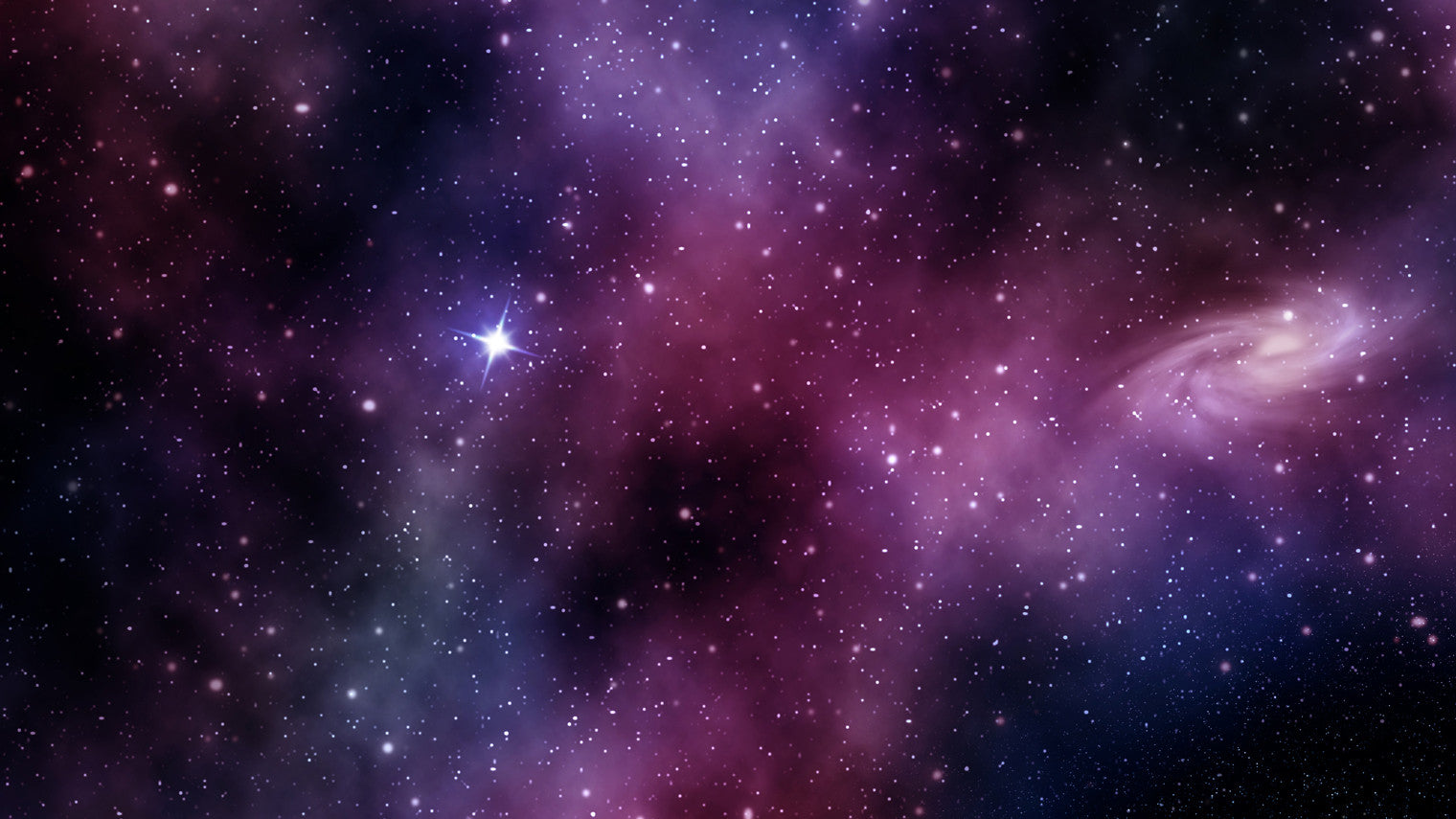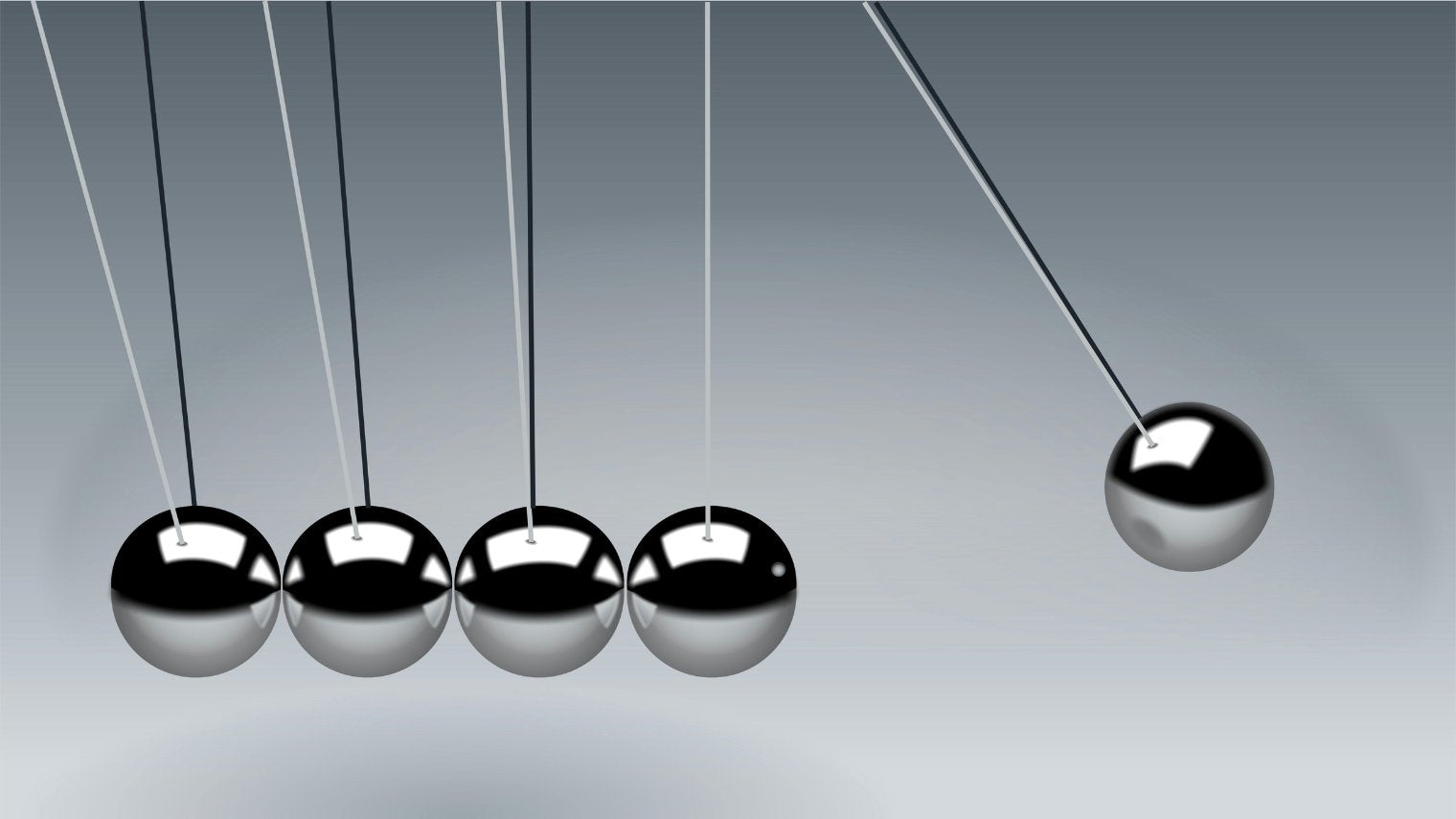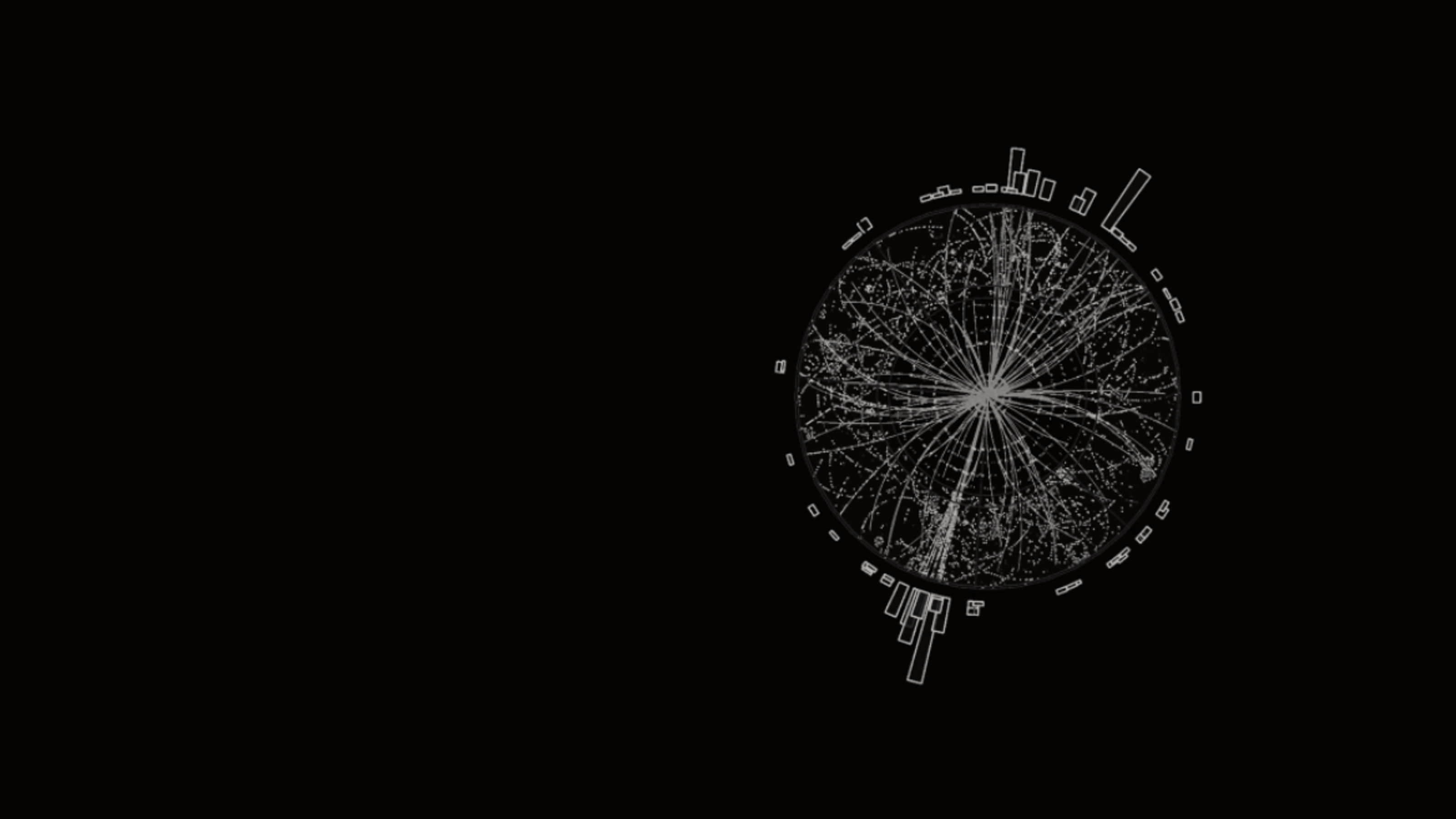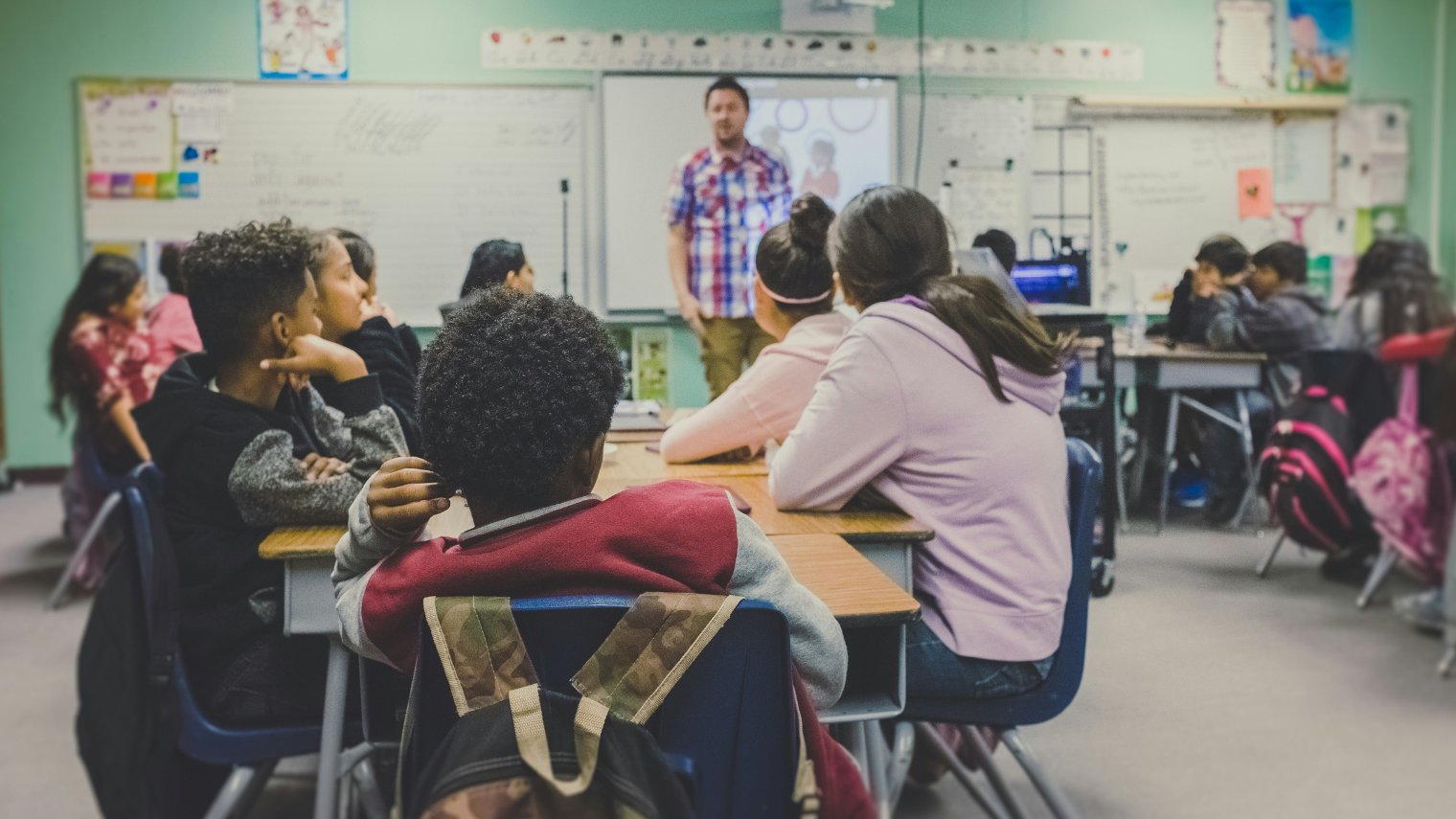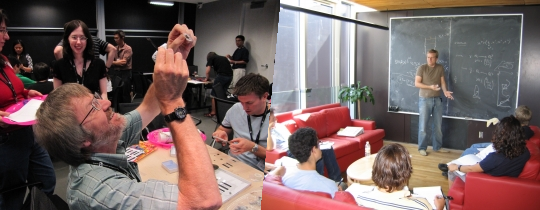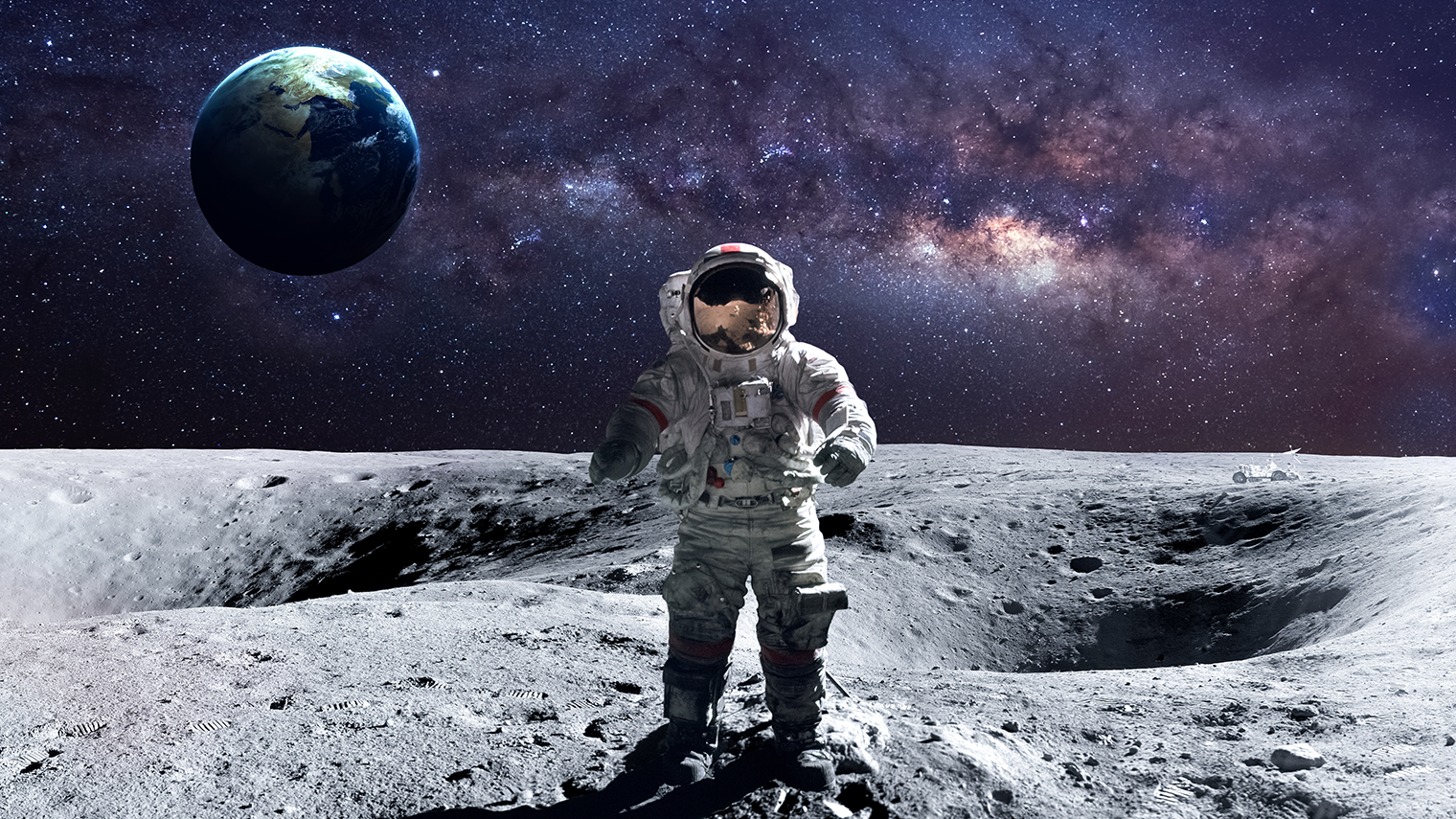
Mission Possible
New Download Options:
- With Video includes our full videos (1.3 GB, MOV file)
- With YouTube Video link includes a link to the same videos on YouTube
This resource introduces students to space travel and the solar system. Students research and design a mission to travel to either Mars or the Moon and then live on it. The resource has eight connected lessons that can be used in sequence. They culminate with students creating and presenting a plan for a mission to either Mars or the Moon.

Making Models—Philae Comet Lander

Using simple craft materials (e.g., paper clips and string), students design, test, and build a model of a spacecraft lander.
Representing Mathematical Thinking

Students use bar charts to analyze and compare the compositions of the atmospheres of Earth and Mars. Based on their comparison, they infer whether or not Mars is habitable by humans.
Comparing Parts of the Whole

Exoplanets are planets outside of the solar system. To date, scientists have discovered many different types of exoplanets. In this activity, students use decimals, fractions, and percents to analyze the relative abundance of each type.
Making Connections—Fractions, Decimals, and Percent

Students use a number line to compare the strength of gravity on different planets. Next, they use geometric shapes to design a simple 2-D model of a spaceship.
Mission Plan
This is a sequence of four lessons that culminates with students planning a space mission to either Mars or the Moon.

Students think of questions that need to be answered for a successful space mission. Next, they sort the questions into categories. Finally, they choose a specialist occupation that can answer some of the questions.

Students research and record answers to open questions related to the specialist occupation they chose in the Mission Launch activity. This activity uses the jigsaw teaching strategy.

In small groups, students share their research from the Specialist Research activity. They summarize all the information needed to conduct a successful space mission.

Students create a mission plan. Next, they summarize and communicate it in a presentation.


